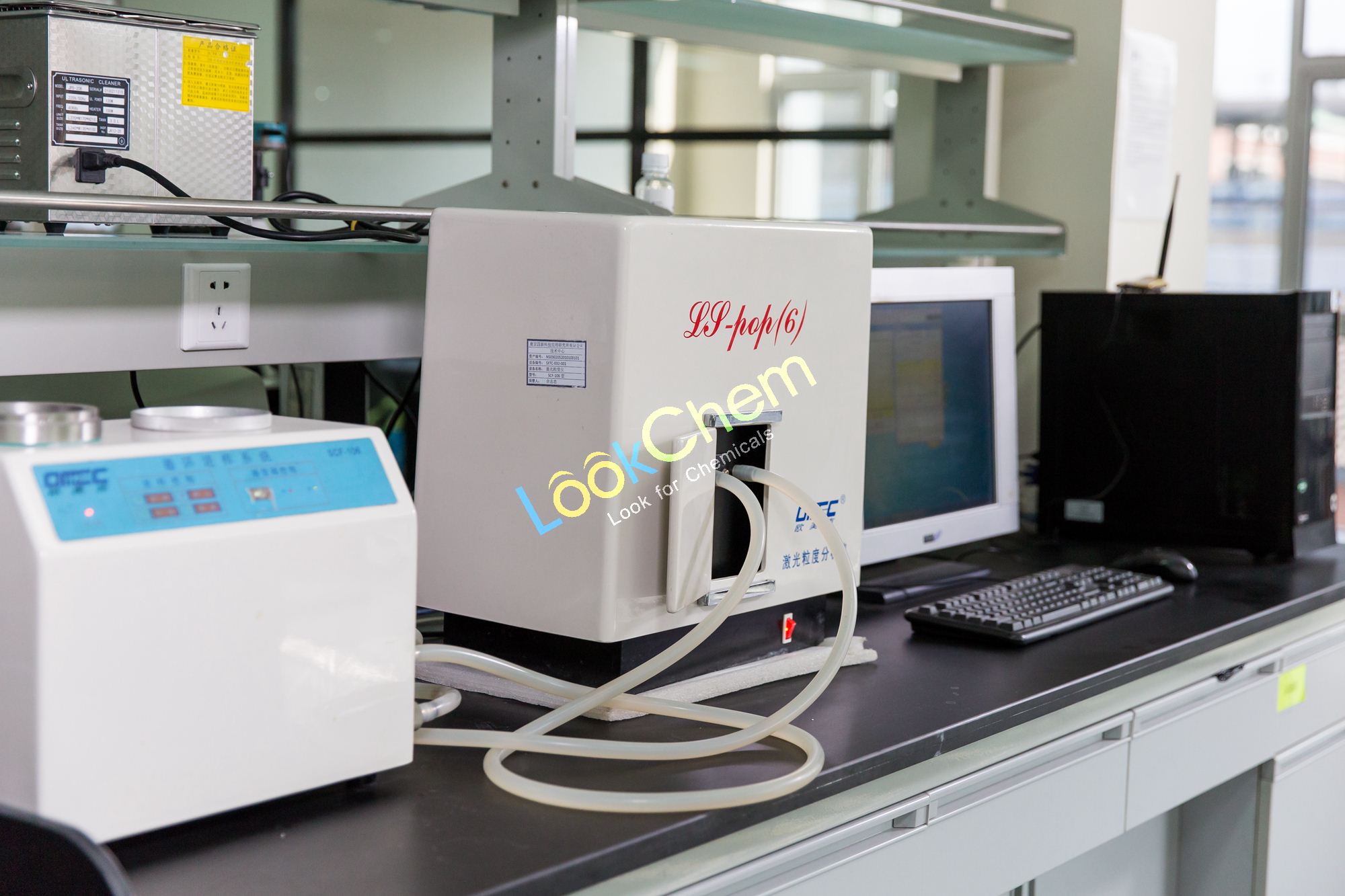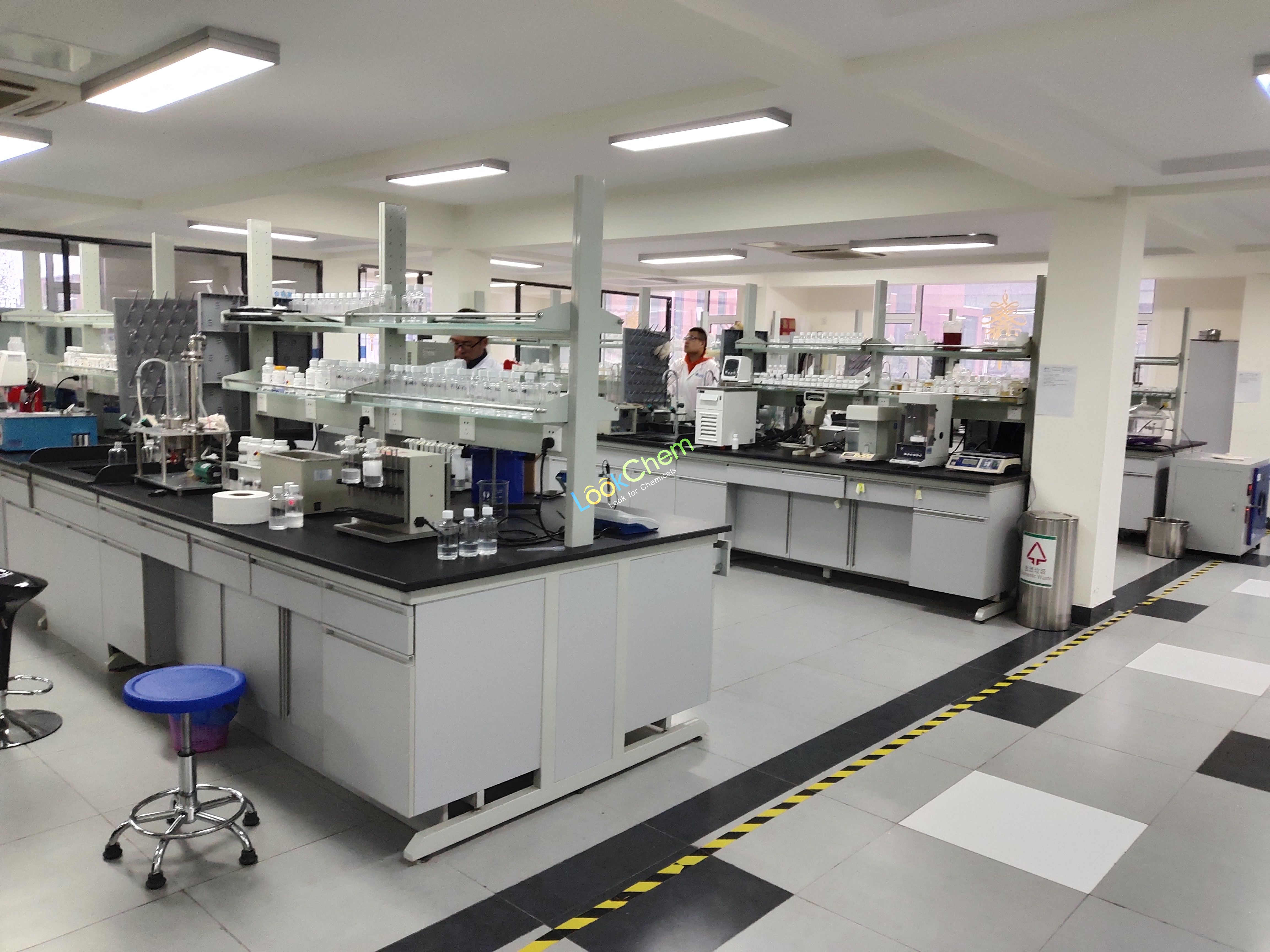Terbinafine hydrochloride is a broad - spectrum antifungal drug for dermatology. Developed in the 1980s by novartis of Switzerland, it was first listed in the UK in 1991. It was approved by the FDA as an OTC product in 1996 and was released in the United States in the same year. Currently, it is sold in more than 90 countries worldwide. It can specifically disrupt the late biological decomposition of sterols in fungi, selectively inhibit the activity of squalene cyclocyoxidase in fungi, and block the reaction of squalene epoxidation in the process of fungal cell membrane formation, so as to kill or inhibit fungi. Suitable for the treatment of skin candida disease, such as tinea pedis, tinea pedis, tinea cruris, tinea corporis and tinea versicolor, is also the best medicine for the treatment of nail. This product belongs to the antifungal medicine, it has a strong effect on the superficial fungal infection, external use can cure most of the skin mycosis.
Terbineafine hydrochloride, 250mg in a single oral administration, had a peak plasma concentration of 0.97 micron /ml within 2 hours after administration. The half-life of this product was 0.8 hours after absorption and 4.6 hours after distribution. Its biological application was slightly affected by feeding, but not used as dose adjustment. The drug binds to plasma protein at a rate of 99% and spreads rapidly through the dermis and concentrates in the lipophilic cuticle. Terbinafine hydrochloride can also be dispersed in the skin and, therefore, in the hair follicles, hair and layers of fatty skin can reach quite high concentrations. In the last few weeks of treatment, terbinafine hydrochloride can enter the deck. The biotransformed metabolites of this product have no antifungal activity and are mainly excreted from urine. Its elimination half-life is 17 hours, and it has no accumulation effect in vivo, and its steady blood drug concentration is not affected by age. However, the elimination rate of terbinafine hydrochloride in patients with liver and kidney dysfunction can be reduced, which leads to a decrease in blood concentration.
Indications: 1. Skin, hair, and nail infections caused by trichoderma (trichoderma alba, trichoderma trichoderma, trichoderma verruca, trichoderma trichoderma, trichoderma trichoderma, trichoderma trichoderma, trichoderma trichoderma, trichoderma trichoderma), microspore Canis, and trichoderma flocculus.
2. Various tinea diseases (tinea corporis, tinea ginea, tinea pedis and tinea capitis, etc.) and skin yeast infections caused by candida albicans, etc.
3. Psoriasis caused by hair mold (nail fungus infection).












